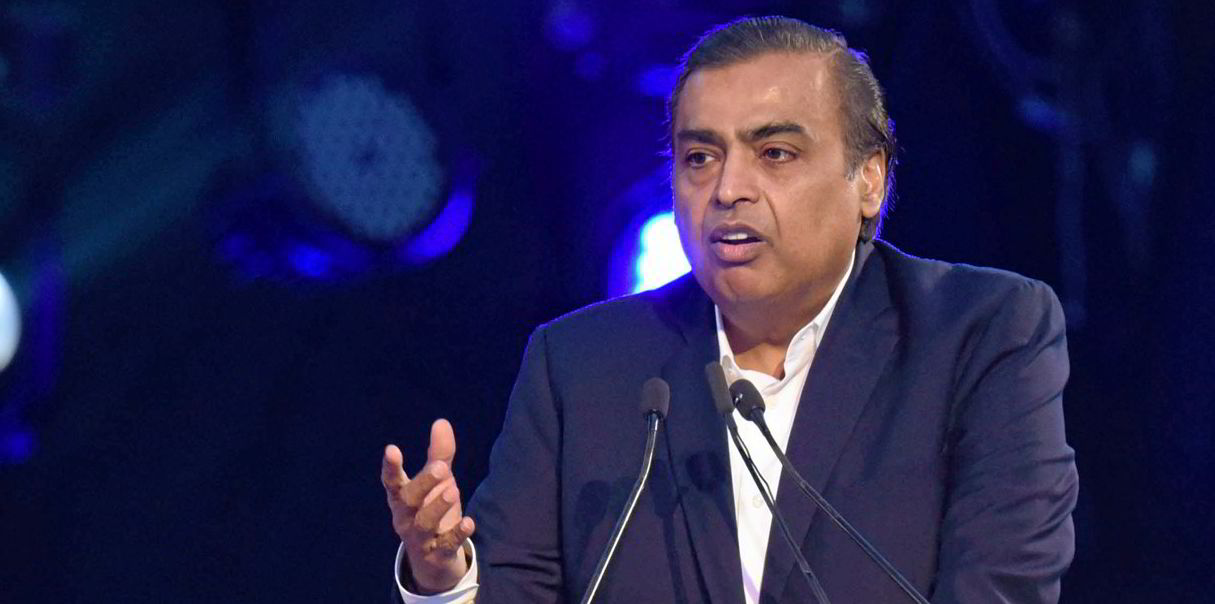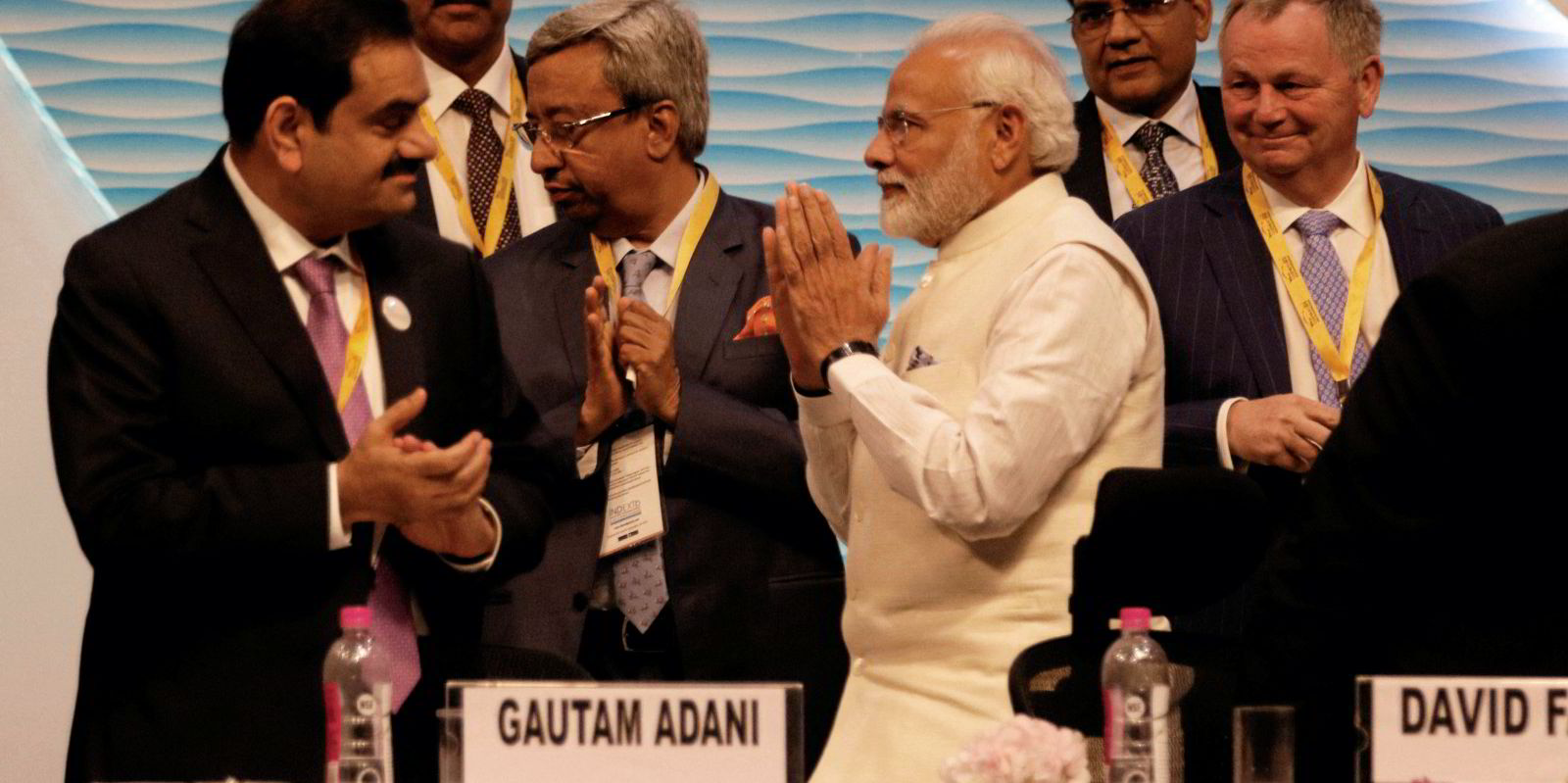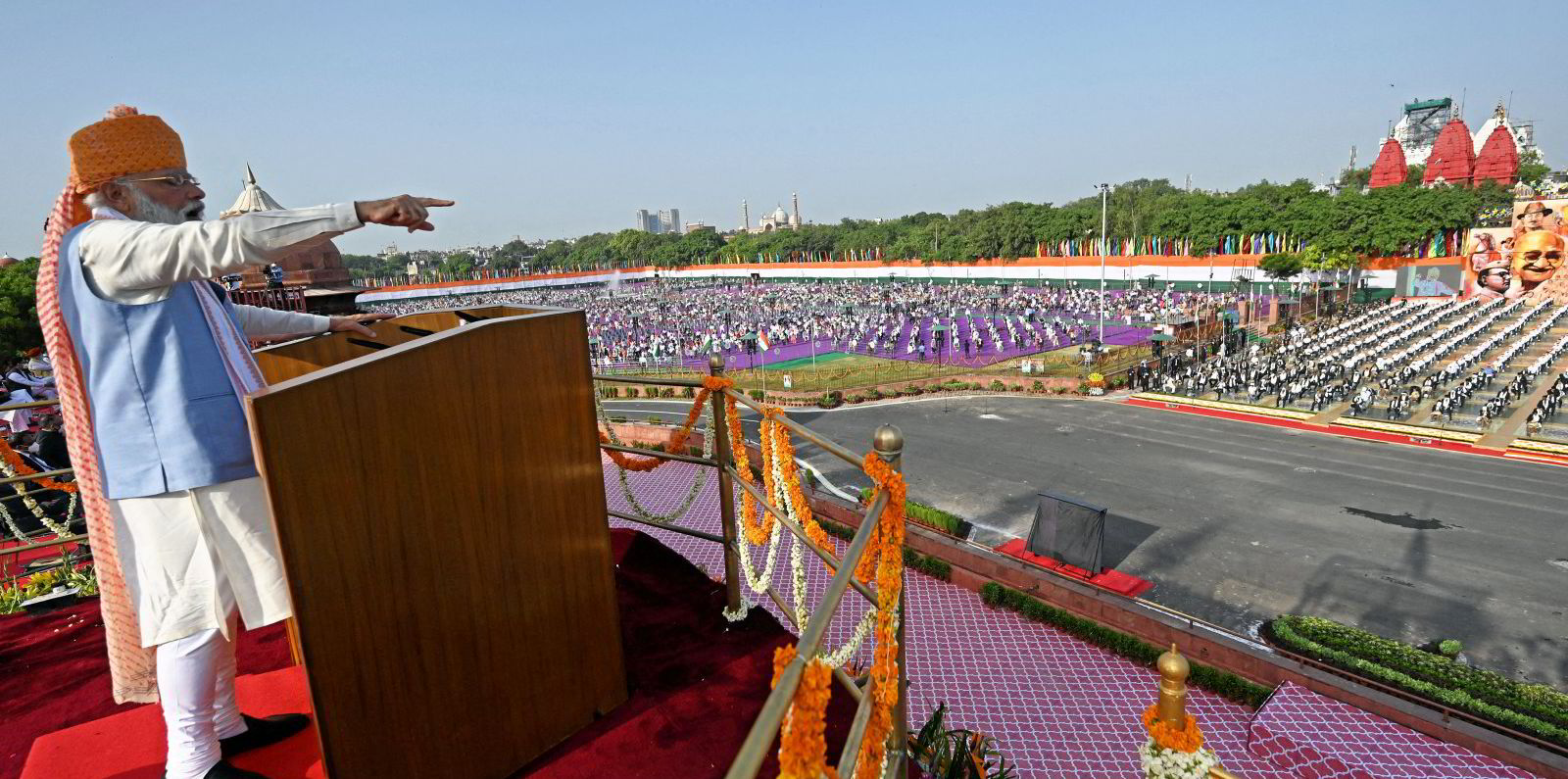Government waiver of electricity transmission charges will roughly halve the price of renewable H2, as India aims to produce five million tonnes of the clean gas by the end of the decade
India’s decision last week to waive electricity transmission fees for green hydrogen production will help reduce the cost of renewable H2 to about $1.50/kg by 2030 — as much as 75% lower than today’s prices, according to a senior Indian oil company executive.
India unveiled the first part of its national hydrogen strategy last week, which amounted to less than two pages of bullet points — the most significant of which was the waiver of inter-state transmission charges for 25 years for green hydrogen and ammonia projects commissioned before 30 June 2025.
This would reduce costs by as much as 50%, according to SSV Ramakumar, director for research and development at Indian Oil Corporation, the country’s largest oil refiner and biggest hydrogen consumer.


“Now, more or less, we will get green electricity almost at the cost of production,” he said. “That is going to push down the green hydrogen production cost by up to 40-50%, subject to the cost of the electrolyser.”
The removal of inter-state transmission fees would help push the cost of green hydrogen from about $5-6/kg today to below $2/kg over the next five to six years, and to around $1.50/kg by the end of the decade, he said.
According to analyst S&P Global Platts, the current price of the world’s cheapest grey hydrogen — from unabated methane in the US Gulf region — is $1.15/kg.
Indian billionaire Mukesh Ambani, whose company Reliance Industries has major plans for both green and blue hydrogen, said that he believes renewable H2 could soon be produced in India for $1/kg.
“We really believe that in the next one decade, we have to make sure that all these technologies that I mentioned will bring the cost of green hydrogen at $1/kg and make sure that we transport and disburse it also at less than $1/kg thereafter,” he told the Asia Economic Dialogue conference in Pune, India, on Wednesday.
The Indian government also announced a target of producing five million tonnes of green H2 annually by 2030 — the equivalent to about 7% of the 70 million tonnes of mainly grey hydrogen currently produced globally each year. For context, the EU plans to produce 10 million tonnes of renewable H2 by the end of the decade.
And in stark contrast to the EU’s plans to requires all green H2 production to come from new purpose-built renewables facilities — so as not to cannibalise power that would otherwise help to decarbonise the electricity grid — the Indian interim policy document does not limit where the clean electricity for green hydrogen can come from.
“Green hydrogen/green ammonia can be manufactured by a developer by using renewable energy from a co-located renewable energy plant, or sourced from a remotely located renewable energy plants [sic], whether set up by the same developer, or a third party or procured renewable energy from the power exchange,” it states.
The document also allows green hydrogen developers that produce their own renewable energy to “bank” any excess power with the distribution company for up to 30 days. In other words, if a wind farm produces more electricity than the electrolysers require, that excess power would be bought by the local power distributor, which would then have to “return” the same amount of electricity at a fixed price at a later time, such as when the wind is not blowing.
“The charges for banking [excess power] shall be as fixed by the State Commission which shall not be more than the cost differential between the average tariff of renewable energy bought by the distribution licensee during the previous year and the average market clearing price in the Day Ahead Market during the month in which the renewable energy has been banked,” the document states.
Another bullet point says that green hydrogen or ammonia producers will be allowed to “set up bunkers near ports” to store the fuel for export or to power vessels on site.
The interim strategy also says the government “proposes to set up manufacturing zones” for the production of green hydrogen and/or ammonia, although it offers no further details on that.
Martin Tengler, lead hydrogen analyst at BloombergNEF, said the document “misses some key points we expected to see”.
These include subsidy support mechanisms, mandates for existing industrial hydrogen users such as oil refineries and fertiliser plants, annual green hydrogen auctions, incentive schemes for electrolyser manufacturers, and infrastructure plans for the transport and storage of hydrogen.
A government spokesman said that the full green hydrogen policy was under consultation and would be released “soon”.
https://www.rechargenews.com/energy-transition/india-s-new-interim-h2-strategy-will-push-down-cost-of-green-hydrogen-by-up-to-75-by-2030/2-1-1173376?utm_term=recharge







